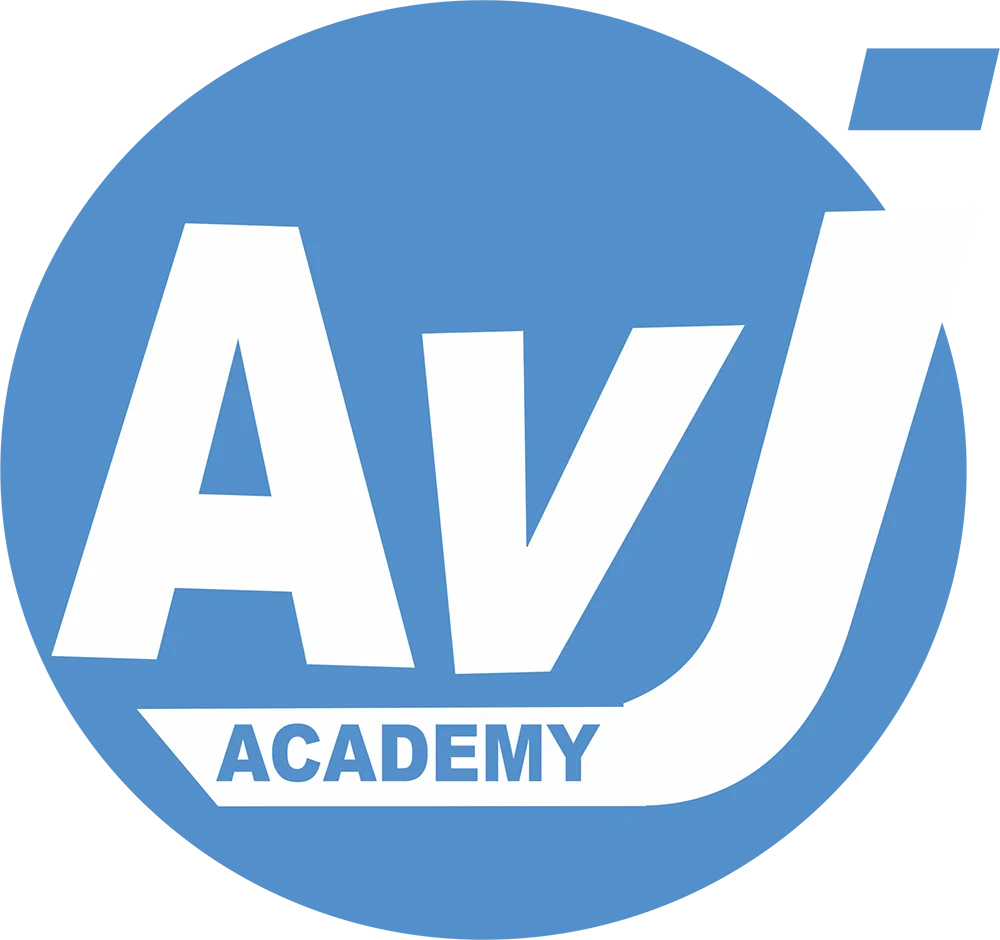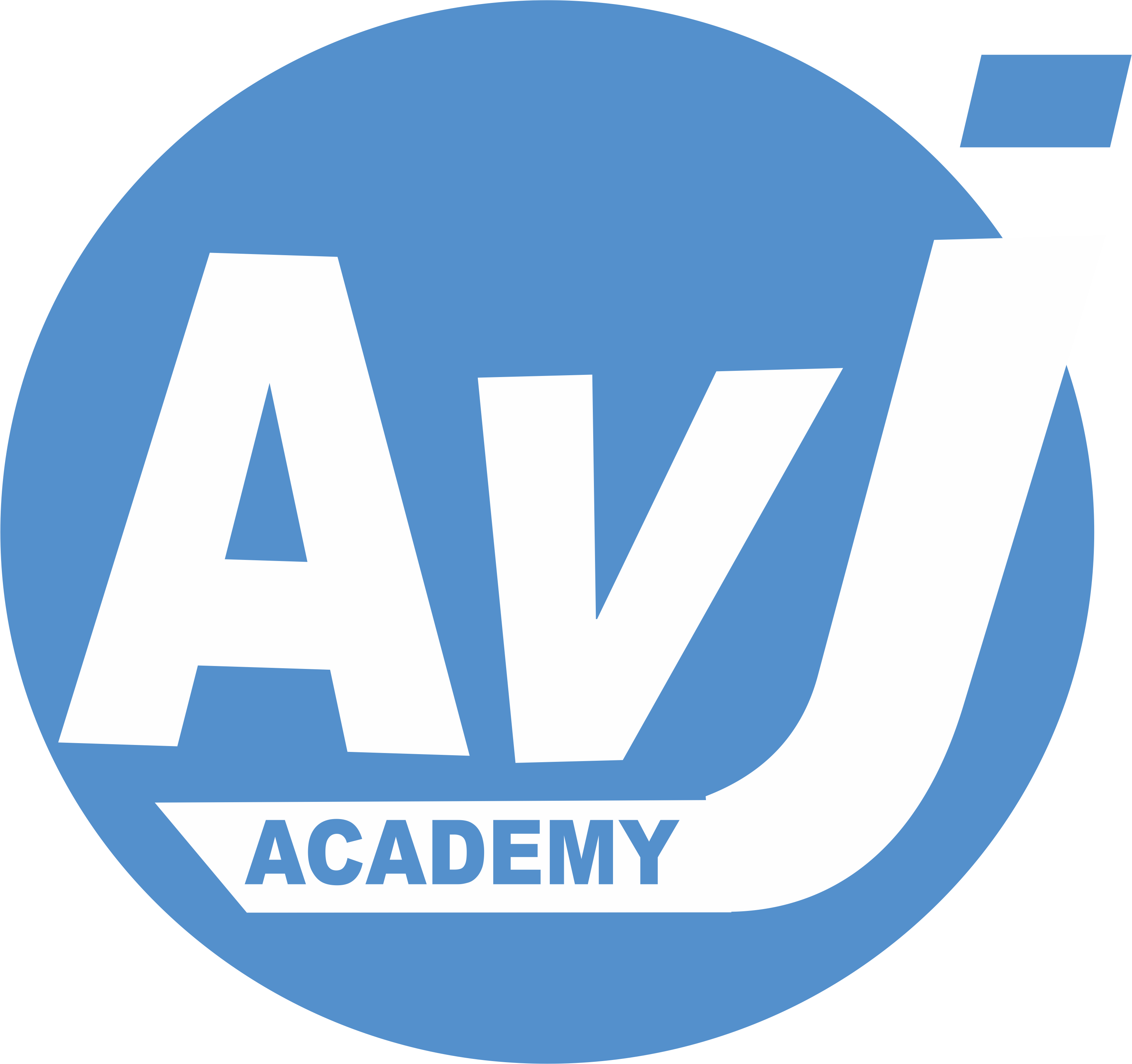CA Intermediate Syllabus 2025
The CA Intermediate syllabus underwent a major revision in 2023, which will apply to the CA Intermediate May 2024 exams and onwards. The update includes the introduction of Multiple Choice Questions (MCQs) into the exam pattern. The course is divided into two groups, consisting of six papers that cover crucial subjects such as Accounting, Auditing, Business Law, and Taxation. Below is a comprehensive breakdown of the CA Intermediate Syllabus 2025:
CA Intermediate Syllabus 2025: Group-wise Breakdown
Group I:
- Paper 1: Advanced Accounting
- Paper 2: Corporate and Other Laws
- Paper 3: Taxation
- Section A: Income Tax Law
- Section B: Goods and Services Tax (GST)
Group II:
- Paper 4: Cost and Management Accounting
- Paper 5: Auditing and Ethics
- Paper 6: Financial Management and Ethics Management
- Section A: Financial Management
- Section B: Ethics Management
CA Intermediate Exam Pattern 2025
The following table outlines the CA Intermediate Exam Pattern 2025 under the latest ICAI guidelines:
| S. No. | Paper Name | Marks | Type of Questions |
|---|---|---|---|
| 1 | Advanced Accounting | 100 Marks | 70% Subjective, 30% MCQs |
| 2 | Corporate and Other Laws | 100 Marks | 70% Subjective, 30% MCQs |
| 3 | Taxation | 100 Marks | 70% Subjective, 30% MCQs |
| 4 | Cost and Management Accounting | 100 Marks | 70% Subjective, 30% MCQs |
| 5 | Auditing and Ethics | 100 Marks | 70% Subjective, 30% MCQs |
| 6 | Financial Management and Strategic Management | 100 Marks | 70% Subjective, 30% MCQs |
CA Intermediate Syllabus 2025: Paper-wise Breakdown
Group 1:
-
Advanced Accounting
- Chapters:
- Introduction to Accounting Standards
- Framework for Preparation and Presentation of Financial Statements
- Accounting for Amalgamation, Buyback of Securities, and Reconstruction of Companies
- Accounting for Branches (including Foreign Branches)
- Financial Statements of Companies
- Accounting Standards for Consolidated Financial Statements
- Other Accounting Standards
- Chapters:
-
Corporate and Other Laws
-
Part I: Company Law and Limited Liability Partnership Law
- Topics: Incorporation, Share Capital, Management, Dividend, and Auditors’ Role
- Module 1: Preliminary, Incorporation, Prospectus
- Module 2: Management, Accounts, and Audit
- Module 3: Other Companies (LLP, Outside India, etc.)
-
Part II: Other Laws
- Topics: General Clauses Act, Interpretation of Statutes, Foreign Exchange Management Act (FEMA)
-
-
Taxation
-
Section A: Income Tax Law
- Chapters on Basic Concepts, Heads of Income (Salaries, House Property, Business/Profession, etc.), Set-Off, Carry Forward of Losses, Deductions, and Tax Filing.
-
Section B: Goods and Services Tax (GST)
- Chapters on Supply under GST, Registration, Tax Invoices, Input Tax Credit, Exemptions, and Returns.
-
Group 2:
-
Cost and Management Accounting
- Module 1:
- Topics on Cost Sheets, Material Costs, Employee Costs, and Overhead Costing.
- Activity-Based Costing and Job Costing.
- Module 2:
- Topics on Process & Operation Costing, Standard Costing, Marginal Costing, Budgets, and Budgetary Control.
- Module 1:
-
Auditing and Ethics
-
Module 1:
- Topics on the Nature of Auditing, Audit Planning, Evidence, Documentation, and Reporting.
- Special features of Audits in different entities (e.g., Banks).
-
Module 2:
- Focuses on Auditing Ethics, Audit Engagement Terms, and Risk Assessment.
-
-
Financial Management and Strategic Management
- Section A: Financial Management
- Topics on Scope, Financial Planning, Ratio Analysis, Working Capital Management, and Investment Decisions.
- Section B: Strategic Management
- Topics on Strategic Analysis, Internal/External Environments, and Strategy Implementation.
- Section A: Financial Management
CA Intermediate Syllabus 2025: Paper-wise Weightage
Each CA Intermediate paper consists of 100 marks, with the introduction of Multiple Choice Questions (MCQs). The subjective-to-objective question distribution is as follows:
| CA Intermediate Papers | Subjective Questions Marks | Objective Questions Marks |
|---|---|---|
| Paper 1: Advanced Accounting | 70 Marks | 30 Marks |
| Paper 2: Corporate Law | 70 Marks | 30 Marks |
| Paper 3: Cost and Management Accounting | 70 Marks | 30 Marks |
| Paper 4: Taxation | 70 Marks | 30 Marks |
| Paper 5: Auditing and Ethics | 70 Marks | 30 Marks |
| Paper 6: Financial and Strategic Management | 35 Marks | 15 Marks |
CA Intermediate Syllabus 2025: Preparation Tips
To effectively prepare for the CA Intermediate 2025 exams, consider the following strategies:
-
Understand the Syllabus: Start by thoroughly understanding the syllabus to prioritize topics with higher weightage.
-
Create a Study Plan: Plan your study schedule, allocating more time to difficult subjects. Ensure periodic revision sessions.
-
Use Quality Resources: Use the recommended ICAI study materials, and refer to updated textbooks that align with the syllabus changes.
-
Practice Regularly: Solve past year papers and take mock tests to familiarize yourself with the exam format and question types.
-
Time Management: Simulate exam conditions by solving questions within the allocated time to improve your speed.
-
Conceptual Clarity: Focus on understanding the core concepts instead of rote memorization to apply your knowledge effectively.
-
Revise Consistently: Regular revision is crucial. Use spaced repetition techniques to retain key formulas and concepts.
-
Stay Updated: Keep track of amendments in laws and regulations that could impact the CA Intermediate exams.
-
Mock Tests: Practice mock tests regularly to identify weak areas and improve your overall exam performance.
-
Effective Presentation: For theory papers, focus on presenting your answers in a structured and clear format.
By following these guidelines and adapting the study plan to your individual needs, you can successfully navigate the CA Intermediate 2025 exams. Prioritize concept mastery, practice regularly, and stay updated with any regulatory changes to ensure your success!

